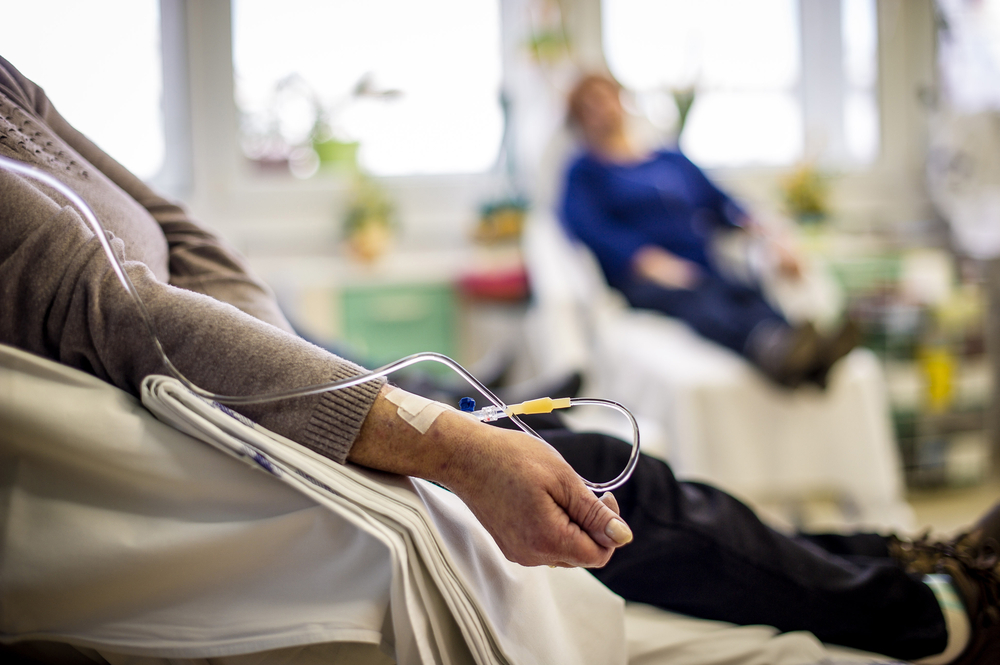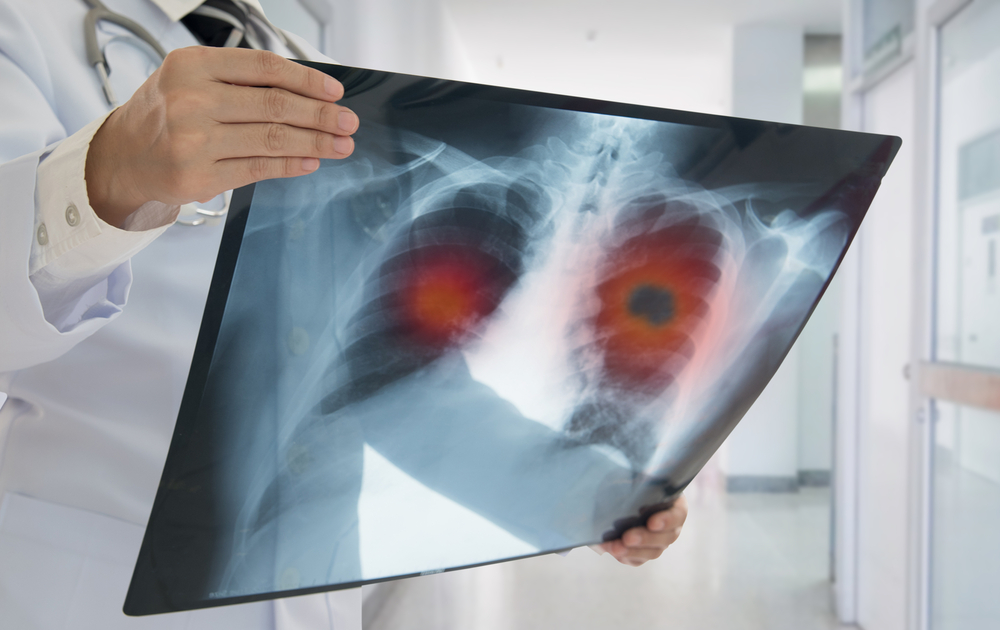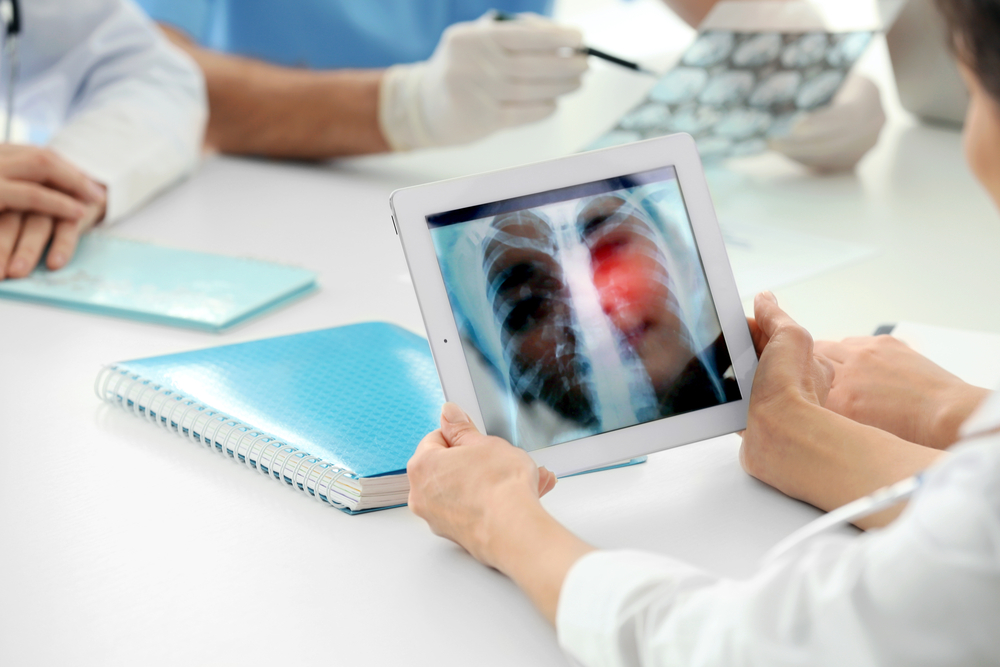A malignant tumour that develops in the cells of the lungs is known as lung cancer. It can also spread to other parts of the body. Sometimes, cells in the lung change and stop growing. This is the ind.....
A malignant tumour that develops in the cells of the lungs is known as lung cancer. It can also spread to other parts of the body. Sometimes, cells in the lung change and stop growing. This is the indication of the beginning of tumours. Tumours are not always cancerous, but changes in lung cells can cause cancer. There are two types of lung cancers based on cell size, namely small cell lung cancer and non-small lung cancer. Small cell lung cancer, commonly known as oat cell carcinoma, is a subtype of lung cancer. It can be treated with chemotherapy if diagnosed on time. Small cell lung cancer grows and spreads quickly. Non-small lung cancer is more dangerous. It is of three types, the most common of which is adenocarcinoma. It starts in cells of the air sacs that make mucus. This cancer is mostly found in people under the age of 45. Another type of lung cancer is squamous cell and large cell cancer. They are quite tough to treat as compared to other types of cancer.
-
Treatment of lung cancer depends on the stage of diagnosis. If the cancer is in its initial stage, removing a part of the lung will prevent it from spreading further.

-
There are other options such as chemotherapy, surgery, and radiation, which are directed towards treatment of lung cancer. They may be used alone or in combination.

-
This is a new concept that offers laser therapy and photodynamic therapy to cure lung cancer.


It is not easy to recognise the symptoms of lung cancer as they are quite similar to other diseases. A few symptoms include:
- Swelling of the face or neck.
- Chest pain.
- Coughing up blood.
- Shortness of breath.
- Cough.
- Chest pain.
- Loss of appetite and weight loss.
- Difficulty swallowing.
- Fatigue and weakness.
- Hoarseness.
- Pain in the bones and joints.

Some common causes of lung cancer are:
- Smoking and/or secondhand smoking.
- Tobacco use.
- Exposure to the radioactive gas, radon.
- Exposure to some chemicals such as arsenic, silica, asbestos, etc. used in specific industries.

Some common risks of lung cancer are:
- Metastasis (spreading of cancer).
- Pleural effusion.
- Blockage of airways.
- Coughing up blood.
- Pain.
- Shortness of breath.

Following are some of the measures that can be used to prevent lung cancer:
- Adopt a smoke-free life.
- Avoid tobacco intake.
- Exercise to stay fit.
- Eat a low-fat, high-fibre diet.

